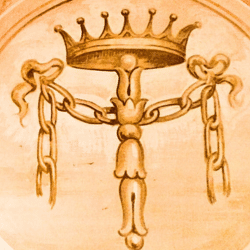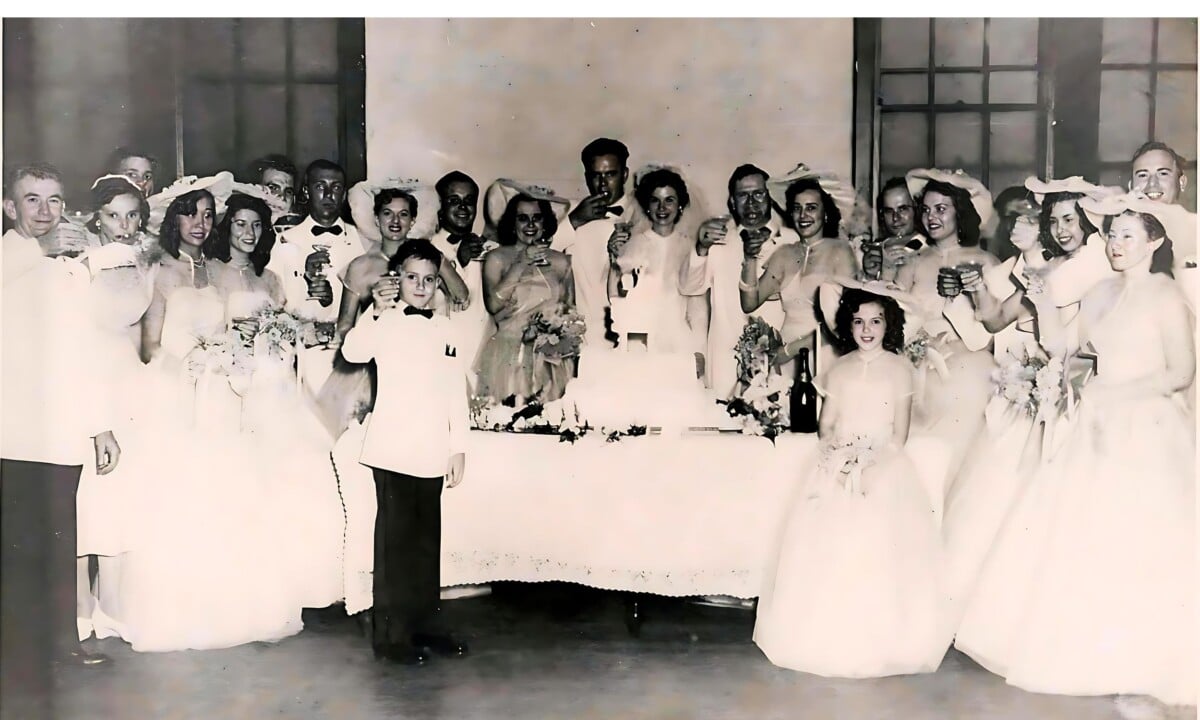Adelaide Boisdore
As we meander along the storied Esplanade Avenue, bridging the serene city park with the lively French Quarter, our path leads us to the heart of the Treme. Within this historic enclave, where the echoes of Creole families resonate through the ages, lies a chapter of our ancestry.
It was here, amidst the whispers of Esplanade Ridge, that my sixth great-grandfather found solace in the arms of a free woman of color. Her presence, a beacon of comfort after the loss of his wife, illuminates the complexities of the Plaçage system that shaped New Orleans in the 1700s. This union, forged along the thoroughfare of Esplanade Avenue, hints at the intricate tapestry of our family’s lineage, woven with the threads of time and tradition.
(more…)




